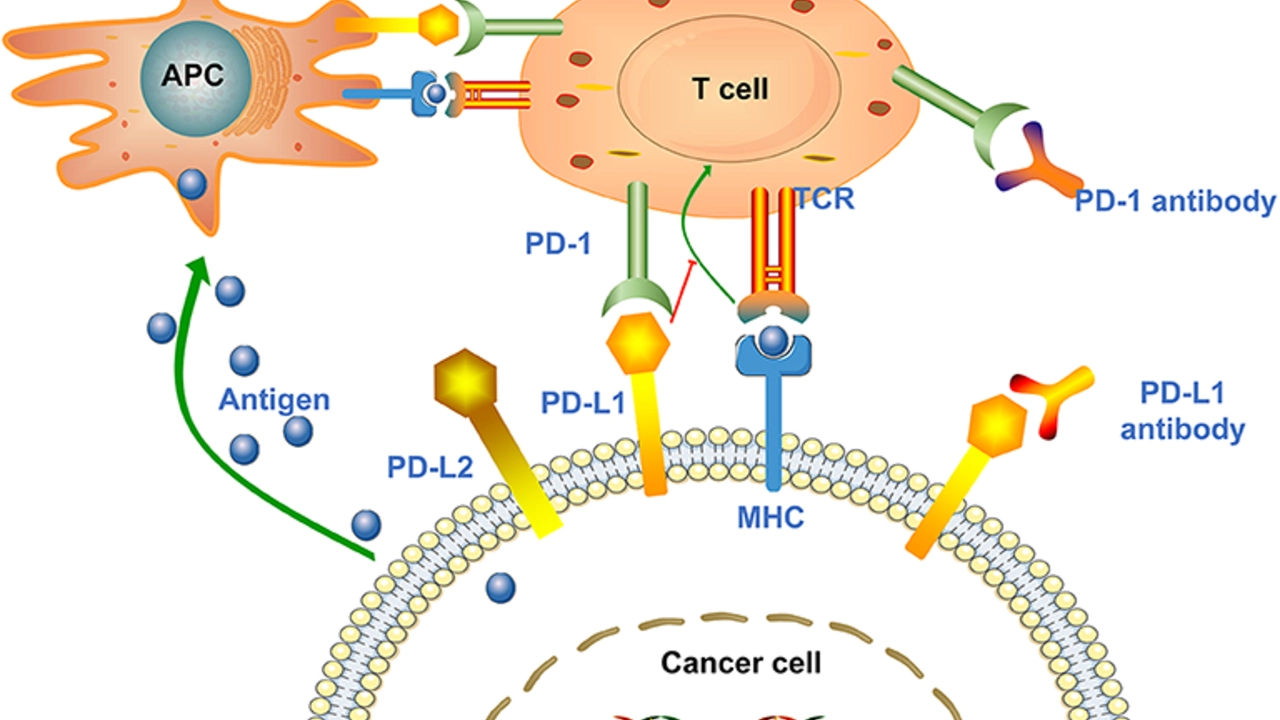Mechanism of Action — what it is and why you should care
Two drugs can treat the same symptom but work in totally different ways. That difference is the mechanism of action (MOA). MOA tells you how a medicine does its job in your body — which proteins it hits, which pathways it changes, and where side effects might come from.
Knowing MOA helps you pick safer choices, avoid harmful combinations, and understand what to watch for when starting a new treatment.
Quick examples that make sense
Warfarin (Coumadin) stops your body from making certain clotting proteins by blocking vitamin K recycling. That’s why its dose affects your INR and why many foods and drugs change its effect.
Lexapro (escitalopram) is an SSRI. It blocks serotonin reuptake in the brain, which can lift mood but may take weeks and sometimes causes nausea or sexual side effects.
Paracetamol (acetaminophen) mostly works in the brain to lower pain signals, while ibuprofen reduces inflammation by blocking COX enzymes in tissues. So if you have inflammation (sprain, arthritis) ibuprofen often helps more; if you have stomach ulcers or need something gentler on the gut, paracetamol is usually safer.
Ampicillin is a beta‑lactam antibiotic that weakens bacterial cell walls. It only works on bacteria with susceptible cell walls — not on viruses — which is why correct diagnosis matters.
Use MOA to make smarter choices
Check if two medicines share the same MOA. Combining them can increase side effects without extra benefit. For example, two strong blood thinners or two sedatives together can be risky.
Look for organ-specific risks tied to MOA: NSAIDs (like ibuprofen) can harm kidneys and irritate the stomach because of COX inhibition; drugs affecting dopamine receptors (some antiemetics or antipsychotics) can cause movement problems.
MOA guides monitoring. Warfarin needs regular INR checks because its MOA affects clotting factors. Certain antidepressants need time and dose adjustments because their brain effects build slowly.
When you need an alternative, think MOA first. If one antidepressant caused bad sexual side effects, another with a different MOA or profile might work better. If an antibiotic didn’t clear an infection, switching to a drug with a different bacterial target could solve the problem.
How to find MOA quickly: read the drug leaflet, check a reliable medical site, or ask your pharmacist. If you take multiple drugs, write down each MOA and share it with your clinician — that simple step can prevent harmful interactions.
Want practical reads? Look for articles about specific drugs: warfarin dosing and INR, SSRI effects like Lexapro, paracetamol vs ibuprofen for pain, or antibiotic diaries about ampicillin. Those examples show MOA in real life and make decisions easier.
Understanding mechanism of action turns confusing labels into useful info. It helps you ask the right questions, spot risks early, and choose safer options with your doctor or pharmacist.
In my latest exploration of cancer therapies, I delved into the workings of alpelisib, a real game-changer. It's a targeted drug that works by inhibiting a protein known as PI3K, which is often overactive in certain types of cancer. By blocking this protein, alpelisib can slow down or stop cancer cell growth, providing a new way to fight the disease. It's fascinating how alpelisib specifically targets cancer cells without affecting healthy ones. This drug is revolutionizing our approach to cancer treatment, offering hope where often there was none.

